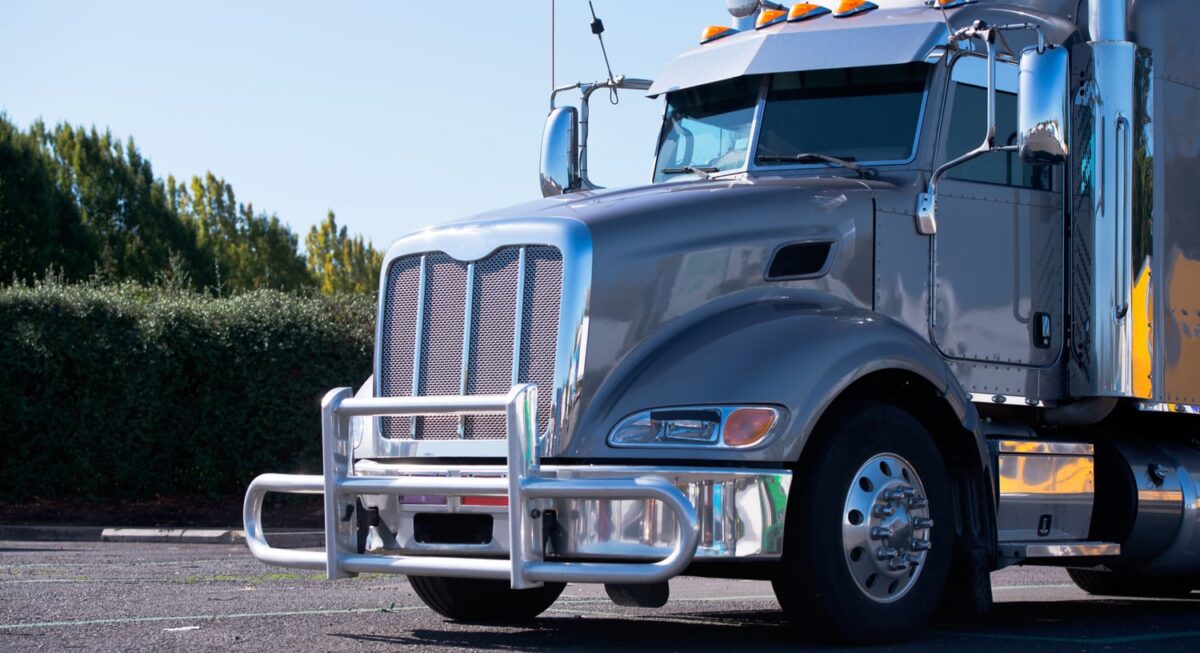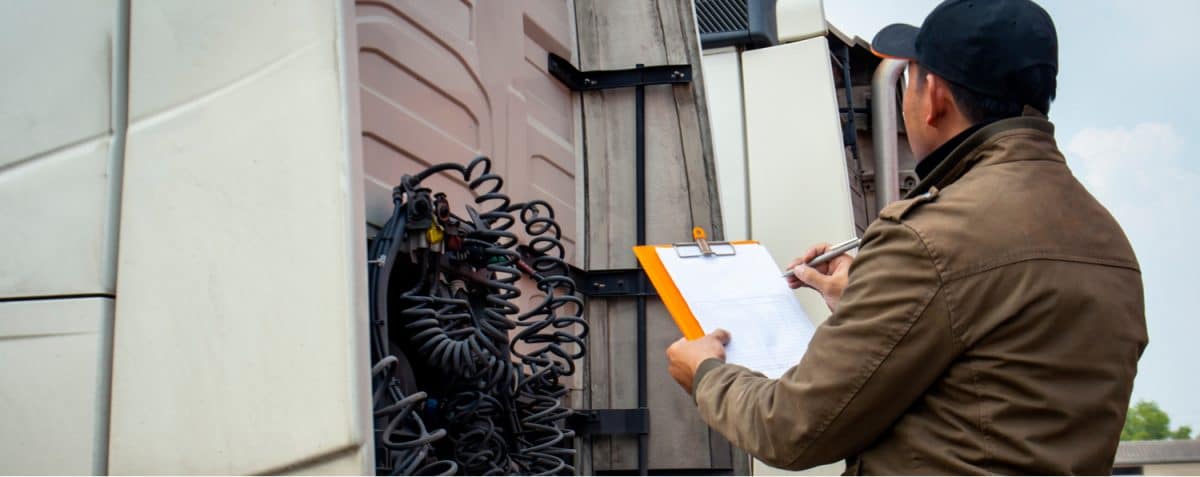In the world of transportation, safety is paramount, and for semi-trucks, it’s not just a preference—it’s a necessity. The Department of Transportation (DOT) has established rigorous safety requirements to ensure the well-being of not only truck drivers but also other road users. In this article, we will explore the DOT safety requirements for semi-trucks, shedding light on the regulations that keep our highways safe.
DOT Safety Requirements
1. Commercial Driver’s License (CDL): One of the foundational safety requirements for anyone operating a semi-truck is the possession of a Commercial Driver’s License (CDL). The CDL ensures that drivers are adequately trained and tested on the safe operation of these massive vehicles.
2. Hours of Service (HOS) Regulations: To prevent driver fatigue and enhance roadway safety, the DOT has strict HOS regulations in place. These rules dictate the number of hours a driver can work and drive each day, as well as mandatory rest breaks. Adhering to these regulations is crucial for preventing accidents caused by tired drivers.
3. Vehicle Inspections: Regular vehicle inspections are vital to ensuring the roadworthiness of semi-trucks. The DOT mandates thorough pre-trip and post-trip inspections, and drivers must document any defects. These inspections help prevent accidents due to mechanical failures.
4. Weight Limits: Overloaded trucks can be a significant hazard on the road. The DOT has set specific weight limit standards for semi-trucks, including maximum gross vehicle weight, axle weight, and more. Complying with these limits is essential for maintaining stability and road safety.
5. Maintenance and Repairs: Adequate maintenance and prompt repairs are non-negotiable for semi-truck operators. Regular inspections and servicing are essential to keep the vehicle in top condition. Neglecting maintenance can lead to breakdowns on the road, endangering the driver and other motorists.
6. Vehicle Lighting and Markings: Proper lighting and markings on semi-trucks are crucial for visibility and road safety. The DOT mandates the use of approved reflectors, lights, and reflective tape to ensure that other drivers can see and identify the truck, particularly in adverse weather conditions or at night.
7. Drug and Alcohol Testing: To maintain a sober and alert workforce, the DOT requires mandatory drug and alcohol testing for all commercial drivers. This helps in eliminating impaired driving and enhancing safety on the road.
8. Electronic Logging Devices (ELDs): In the past, drivers maintained paper logbooks to track their driving hours. Now, electronic logging devices are mandatory to ensure accurate recording of HOS. ELDs help prevent false reporting and keep drivers within their allowable driving hours.
9. Braking Systems: Semi-trucks require advanced braking systems to handle their significant weight and size. The DOT has specific requirements for brake maintenance and performance, ensuring that trucks can stop safely and in a controlled manner.
10. Load Securement: Proper load securement is vital to prevent cargo from shifting during transport. The DOT has regulations in place to ensure that loads are properly secured, reducing the risk of accidents caused by shifting cargo.
11. Hazardous Materials (HazMat) Transportation: For trucks carrying hazardous materials, additional regulations apply. This includes proper CDL Hazmat endorsements, specific placarding, labeling, and safety requirements to minimize the risks associated with transporting hazardous substances.
12. Insurance Requirements:
The DOT mandates that trucking companies carry a minimum level of liability insurance. This ensures that, in the event of an accident, there is adequate coverage to compensate victims and cover property damage.
Discover the Safety Requirements from our Compliance Experts
DOT safety requirements for the transportation industry are designed to protect the public and the drivers themselves. Adhering to these regulations is not just a legal obligation; it’s a moral duty to keep our roads safe for everyone. By prioritizing safety and compliance, the transportation industry contributes to a safer and more efficient transportation network for all.


















